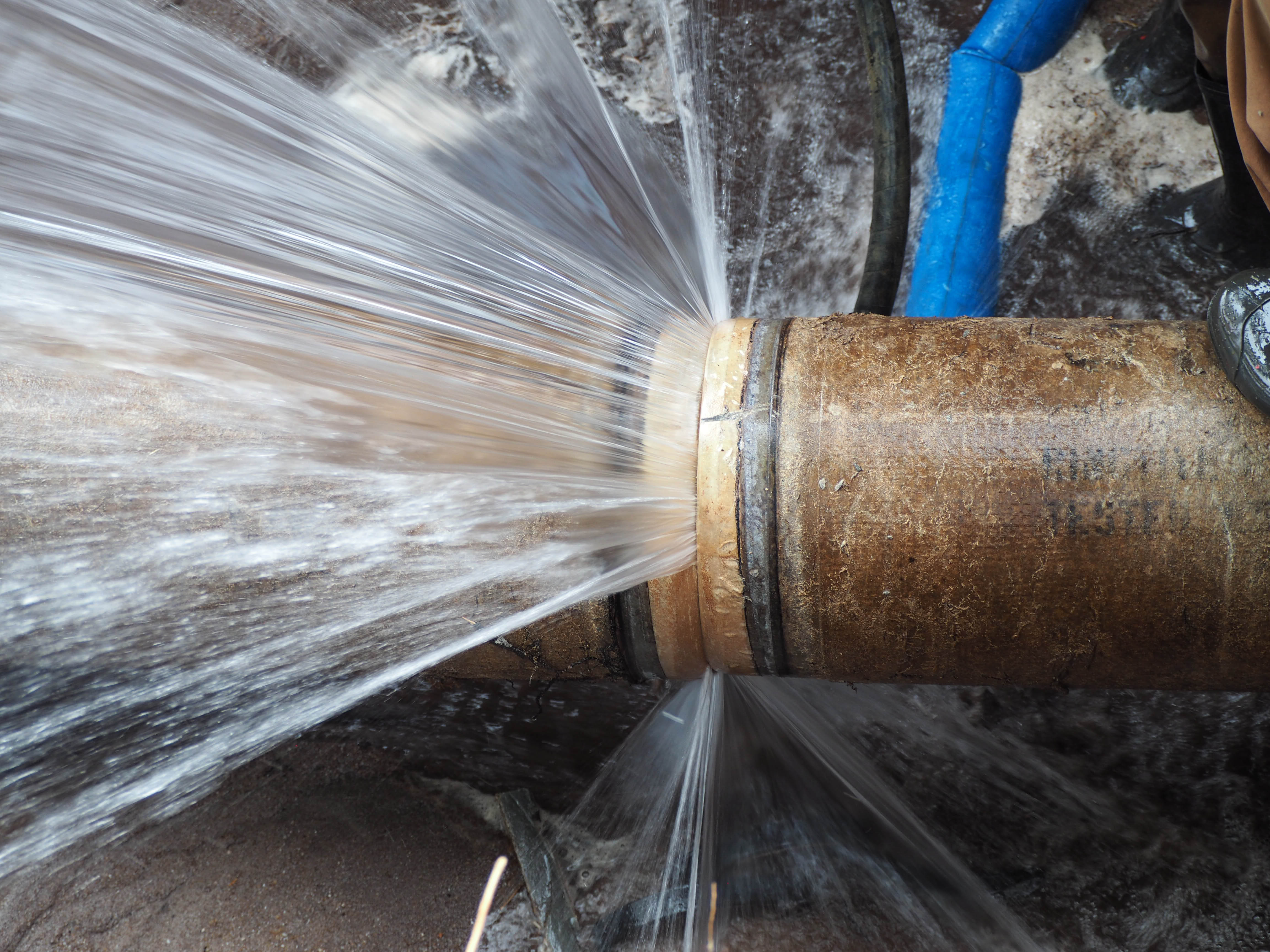Key Methods for Avoiding Frozen Plumbing in Winter
Key Methods for Avoiding Frozen Plumbing in Winter
Blog Article
What are your thoughts on Prevent Frozen Pipes ?

Cold weather can damage your plumbing, specifically by freezing pipes. Right here's exactly how to prevent it from taking place and what to do if it does.
Intro
As temperature levels decline, the risk of icy pipes boosts, possibly bring about pricey repairs and water damage. Understanding exactly how to prevent icy pipelines is critical for home owners in chilly climates.
Prevention Tips
Shielding at risk pipes
Cover pipes in insulation sleeves or make use of heat tape to protect them from freezing temperature levels. Concentrate on pipelines in unheated or outside locations of the home.
Heating methods
Maintain indoor rooms properly heated, particularly areas with pipes. Open cupboard doors to permit warm air to flow around pipelines under sinks.
How to determine frozen pipes
Seek reduced water circulation from faucets, unusual odors or noises from pipes, and noticeable frost on exposed pipes.
Long-Term Solutions
Architectural changes
Take into consideration rerouting pipelines far from exterior walls or unheated areas. Include extra insulation to attics, cellars, and crawl spaces.
Updating insulation
Purchase high-grade insulation for pipes, attic rooms, and wall surfaces. Proper insulation helps keep regular temperature levels and minimizes the risk of icy pipes.
Protecting Outdoor Pipes
Yard hoses and exterior faucets
Detach and drain pipes garden hoses before winter. Set up frost-proof faucets or cover outdoor faucets with insulated caps.
Understanding Frozen Pipes
What triggers pipelines to freeze?
Pipelines freeze when subjected to temperature levels below 32 ° F (0 ° C) for expanded periods. As water inside the pipes ices up, it increases, putting pressure on the pipeline wall surfaces and potentially creating them to break.
Dangers and problems
Icy pipelines can lead to water system disturbances, home damages, and costly fixings. Ruptured pipes can flood homes and cause extensive architectural damages.
Indications of Frozen Piping
Recognizing frozen pipelines early can stop them from rupturing.
What to Do If Your Pipes Freeze
Immediate actions to take
If you believe frozen pipes, maintain faucets open to relieve stress as the ice melts. Utilize a hairdryer or towels soaked in warm water to thaw pipes gradually.
Final thought
Preventing frozen pipelines requires aggressive procedures and fast reactions. By recognizing the causes, indications, and safety nets, house owners can protect their pipes during winter.
5 Ways to Prevent Frozen Pipes
Drain Outdoor Faucets and Disconnect Hoses
First, close the shut-off valve that controls the flow of water in the pipe to your outdoor faucet. Then, head outside to disconnect and drain your hose and open the outdoor faucet to allow the water to completely drain out of the line. Turn off the faucet when done. Finally, head back to the shut-off valve and drain the remaining water inside the pipe into a bucket or container. Additionally, if you have a home irrigation system, you should consider hiring an expert to clear the system of water each year.
Insulate Pipes
One of the best and most cost-effective methods for preventing frozen water pipes is to wrap your pipes with insulation. This is especially important for areas in your home that aren’t exposed to heat, such as an attic. We suggest using foam sleeves, which can typically be found at your local hardware store.
Keep Heat Running at 65
Your pipes are located inside your walls, and the temperature there is much colder than the rest of the house. To prevent your pipes from freezing, The Insurance Information Institute suggests that you keep your home heated to at least 65 degrees, even when traveling. You may want to invest in smart devices that can keep an eye on the temperature in your home while you’re away.
Leave Water Dripping
Moving water — even a small trickle — can prevent ice from forming inside your pipes. When freezing temps are imminent, start a drip of water from all faucets that serve exposed pipes. Leaving a few faucets running will also help relieve pressure inside the pipes and help prevent a rupture if the water inside freezes.
Open Cupboard Doors
Warm your kitchen and bathroom pipes by opening cupboards and vanities. You should also leave your interior doors ajar to help warm air circulate evenly throughout your home.

As a keen reader on Preventing and dealing with frozen pipes, I imagined sharing that piece of content was worth the trouble. Do you know another person who is occupied with the topic? Feel free to promote it. Many thanks for being here. Don't forget to visit our website back soon.
Contact Us Today Report this page